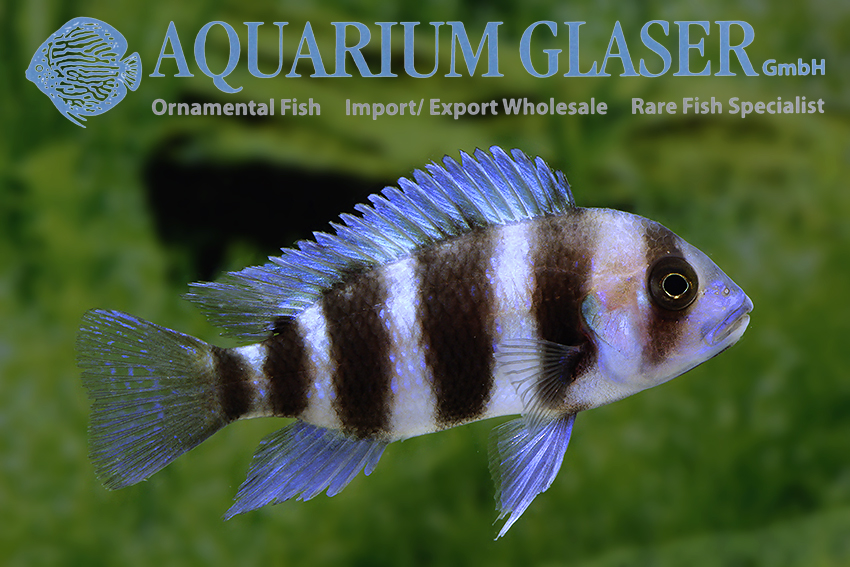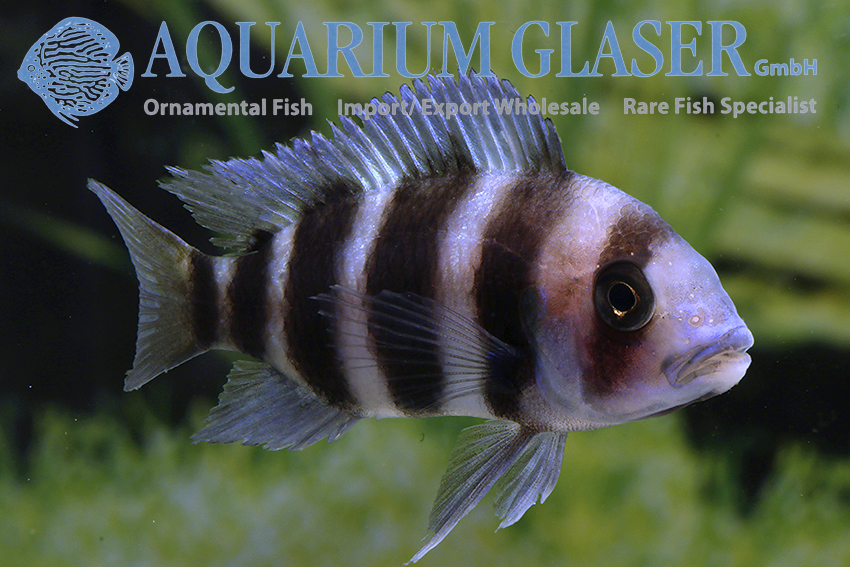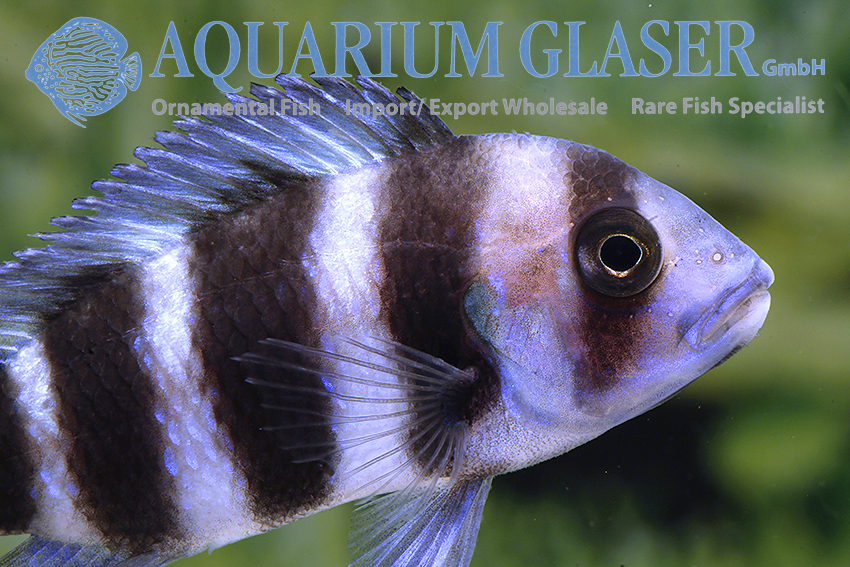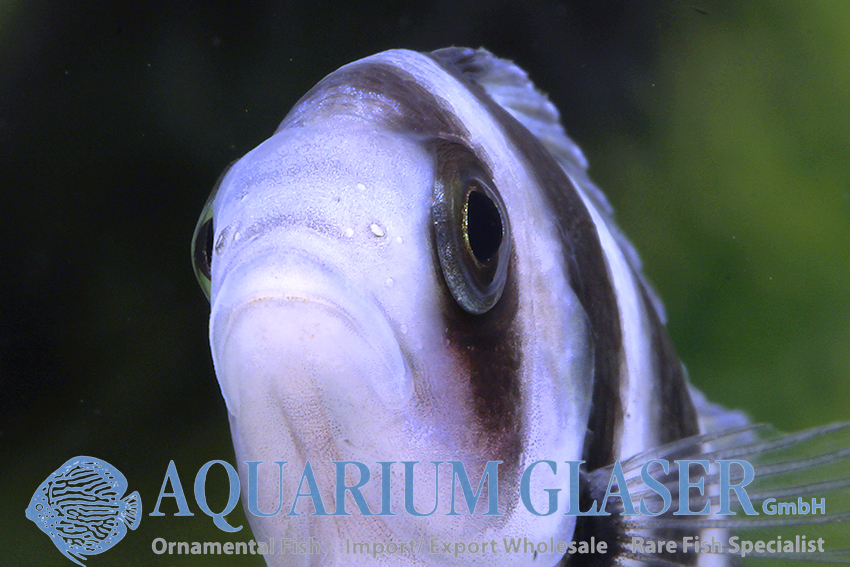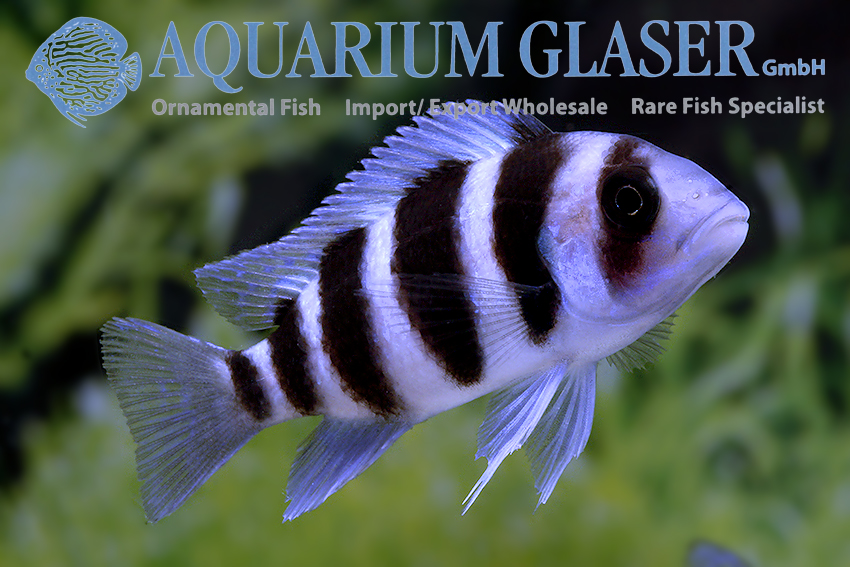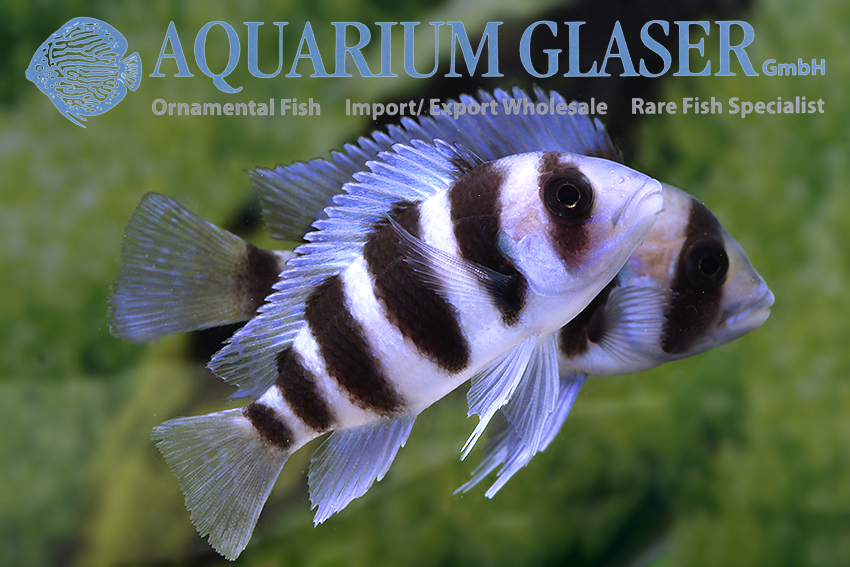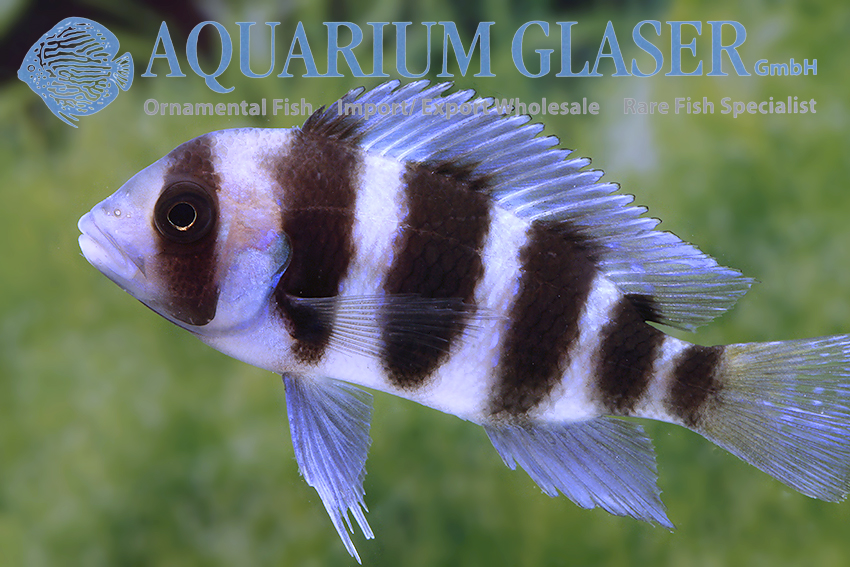The humpheaded Frontosa (Cyphotilapia frontosa) from Lake Tanganyika has enjoyed great popularity for decades, although (or: because!) the species belongs to the bull class among the cichlids. Old males, which look downright bizarre with their forehead hump, can grow 30 cm long. Females generally remain smaller. In addition, C. frontosa is a crepuscular predator that prefers to feed on small fish and shrimp. Nevertheless: hardly any fan of the cichlids of East Africa, who has a larger tank at his disposal, can refrain from having his own experiences with these imposing animals.
Thereby C. frontosa has always belonged to the more expensive fishes. Wild catches have to be dived with compressed air tanks, because they live at a depth of 30-40 meters. And they have to be decompressed slowly over days, which is cost-intensive, because you have to drive to the catch site every day, dive down to the net cages with compressed air bottles, at least in the beginning, see if the animals are doing well and move the net cage a few meters towards the water surface again. Breeding of the mouthbrooder in the female sex succeeds relatively easily, but the fish are not very productive and the young fish grow very slowly.
There are several geographic color varieties of the species distributed throughout Lake Tanganyika. One has six body stripes plus a stripe through the eye, for a total of seven stripes; most have five body stripes plus the eye stripe, for a total of six stripes. If you are looking for a specific variant, you have to be careful here, because the designations in the trade sometimes refer only to the body stripes, but sometimes – so with us – to the total number of stripes. So we have – besides frontosas named especially after the locality – six-striped and seven-striped frontosas on the stock list, other dealers designate the same animals according to the number of body stripes as five- and six-striped frontosas.
The six-stripers, which we currently offer as captive bred specimens from Taiwan, stand out due to the beautiful blue coloration of the fins. The dark body stripes contrast very nicely with the light background, which is also bluish in color. Of course, there is no sign of a head bump on the 4-6 cm large animals yet. A sex determination is still impossible with young animals of this size.
For our customers: the animals have code 517002 on our stocklist. Please note that we only supply wholesale.





